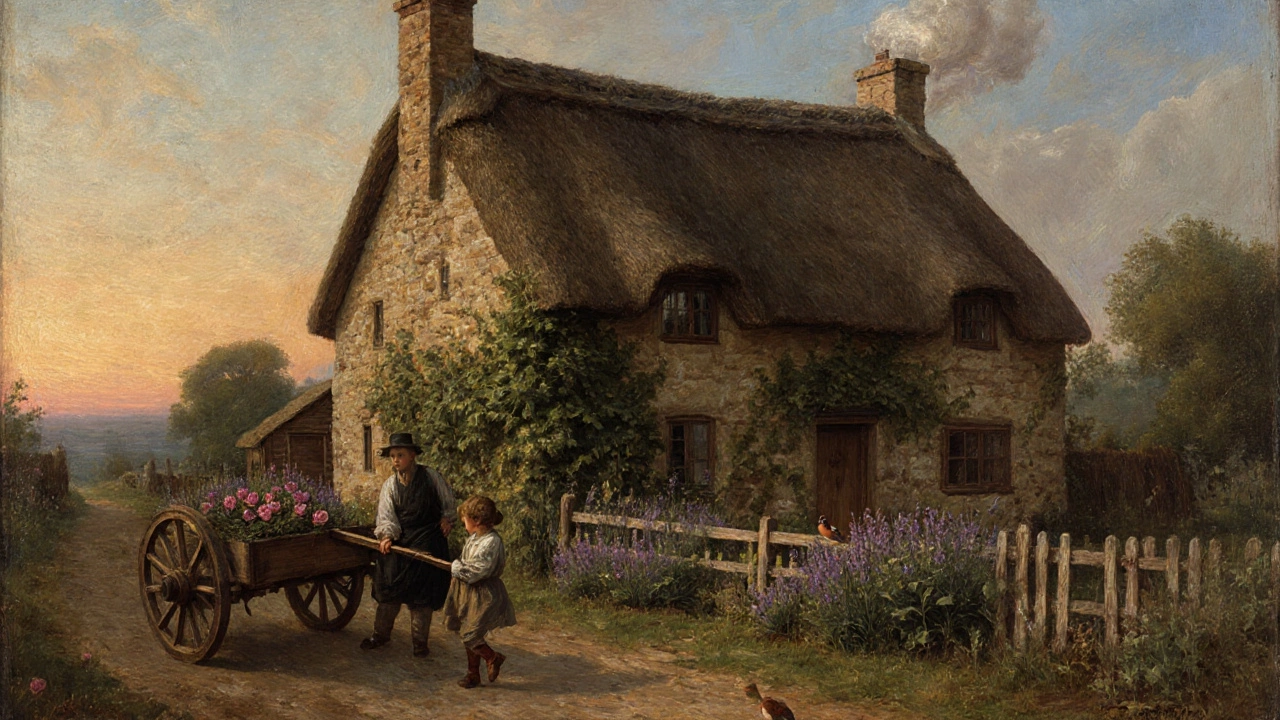Discover the true origin of the word “cottage,” its evolution across centuries, and how the term shapes architecture, culture, and modern living.
Cottage Origin: From Grand Estates to Today’s Cozy Retreats
Ever wonder why a cottage feels so homey yet a bit historic? The answer lies in a long‑run transformation that started with big country houses turning into places travelers could rent for a night. Knowing that backstory helps you pick a spot that really matches what you want.
From Grand Estates to Cozy Cottages
In the 1800s wealthy families built sprawling country houses to escape city life. Over time, some owners opened a few rooms to paying guests – the first hints of a “country house hotel.” Those early guests enjoyed big rooms, gardens, and a taste of aristocratic life without paying the full price of ownership.
As railways expanded, more people could travel to the countryside. Owners saw a chance to earn extra income, so they converted spare wings, outbuildings, and even servants’ quarters into self‑catering rentals. Those smaller spaces kept the charm of the main house but offered privacy and a kitchen to cook your own meals. That mix of independence and historic ambience is the core of what we now call a cottage.
What Makes a Cottage Feel Authentic Today
Modern cottages keep three things from their ancestors: a sense of place, simple comforts, and a connection to the land. Look for stone walls, wooden beams, or a garden that feels lived‑in. These features aren’t just decoration – they’re clues that the building grew out of a real estate that once served a larger estate.
Self‑catering is still a key part. You get a kitchen, a living area, and often a fireplace or wood‑burning stove. That setup lets you enjoy a home‑cooked breakfast while watching sunrise over rolling hills – exactly what the original guests sought.
Location matters, too. Many original cottages sit near historic villages, walking trails, or old manor grounds. Staying in one puts you steps away from heritage sites, pubs that have served locals for generations, and markets selling fresh produce. It’s an easy way to experience local culture without a tour guide.
When you book, check the property’s story. A good listing will mention its link to a former country house or estate. That little detail tells you the owners respect the building’s past and often keep it well‑maintained.
Bottom line: a cottage’s origin isn’t just a footnote; it shapes the feel, the layout, and the experience you get. By picking a place with genuine historic roots, you get a stay that’s cozy, authentic, and full of character – exactly what a modern traveler craves.
Ready to try it out? Browse our curated collection of cottages that trace their line back to those early country house hotels. You’ll find a spot that fits your budget, your desire for privacy, and your love of history – all in one easy booking.
